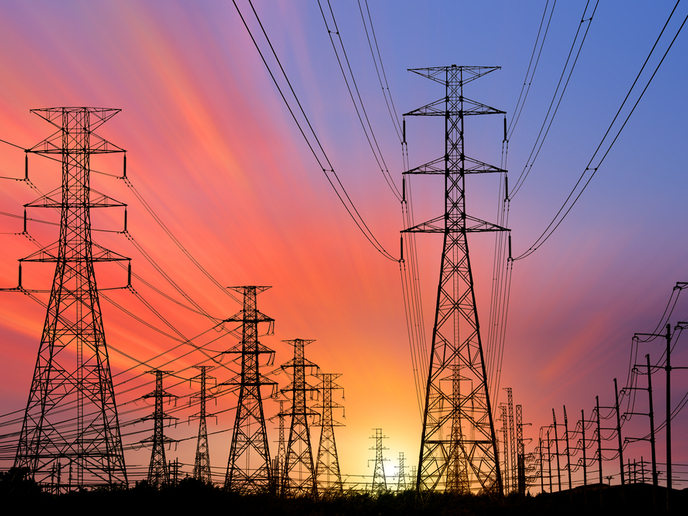Kesterites – next-generation material for high-efficiency tandem solar cells
Solar cell technologies are progressively becoming cheaper and more efficient in terms of converting sunlight into electricity. Further progress relies on improving current technologies in new ways, while also using low-cost and stable materials. “One way to achieve higher performance is the use tandem solar cells, where two solar cells are used on top of each other,” says Prof. Bart Vermang, who has been in charge of the EU-funded project SWInG(opens in new window). Unlike competitor technologies, researchers worked on developing kesterite-based solar cells that rely on Earth-abundant, non-toxic elements. These complex quaternary compound semiconductors are deemed suitable to replace the indium-containing absorber layers in thin-film tandem solar cells. Better kesterite solar cells with germanium Kesterites are semiconductor compounds made of the elements copper, tin, zinc, and selenium. These semiconductors can be used as an optical absorber material in tandem solar cells, with a relatively high maximum efficiency of 12.6 %. Their use is highly prized as they are made of common elements instead of indium, thereby avoiding a potential risk of supply shortage. Specific changes in the composition of kesterite-type semiconductors made it possible to improve their suitability as absorber layers in solar cells. “Despite the interesting key material properties, kesterites have a band gap below 1.5 eV which is low. Replacing tin atoms with germanium can increase the optical band gap if combined with a low bandgap cell in a tandem structure, allowing the material to convert a greater proportion of sunlight into electrical energy,” notes Prof. Vermang. The project team demonstrated that including germanium instead of tin in kesterite resulted in functional solar cells that achieved up to 8.4 % power conversion efficiency, which is the world record value for this material. Addressing current challenges with kesterite solar cells The project team placed strong focus on developing processes for synthesising wide band gap kesterite solar cells using germanium as well as understanding the physical and electrical properties of the absorber layer for higher conversion efficiencies. The key research challenges addressed included developing scalable processes and specifications for the synthesis of high-quality wide band gap absorbers as well as for suitable back contact and buffer layers. Researchers have employed hard and soft X-ray spectroscopy methods for the chemical and electronic structure analysis of the newly developed absorber layers and their interfaces. Their work was complemented by advanced electrical and material characterisation methods to probe kesterite properties at the atomic scale. All of this data led to the design of a solar cell model that describes the solar cell structure developed in SWInG. SWInG advanced understanding of the fundamental issues affecting the energy conversion efficiency of wide band gap kesterite solar cells. “SWInG developed new, out-of-the-box ideas that provide new technology pathways to the energy challenge in Europe and worldwide. This project is a decisive first step to significantly improve the performance of current photovoltaic technologies with a reasonable increase of fabrication costs and sustain the development of the thin-film PV market in Europe,” notes Prof. Vermang.







